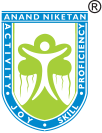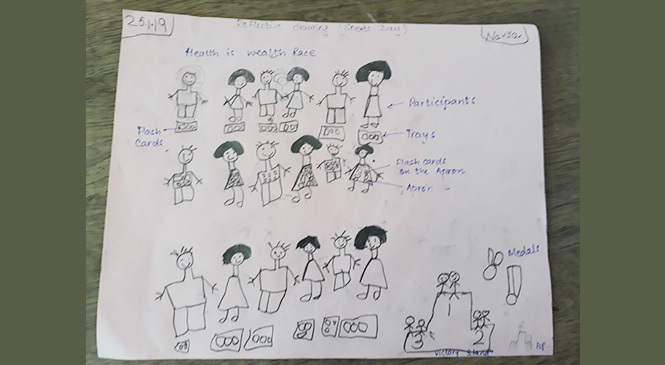Reflective Drawing
"The first writing of the human being was drawing, not writing" According to Loris Malaguzzi, drawing is a natural & biological language of children that is constantly in conversation with many other languages available to children. It is an important mode of communication for the children as well as an effective tool for facilitators to identify and understand the child’s thought process. Reflective Drawing is a reflection of child’s inner world, a snapshot of a child’s point of view to express their feeling, thinking and understanding. It enables child’s imagination to become more active, each time they draw they access their imagination and make physical representations of what’s in their mind. It's rightly said, "How you draw is how you feel about the world. You are not capturing it, you are interpreting it."
Reflective drawing is refined & diversified through children's life experiences. Hence, to be reflective with these kindergarteners' means to let them mentally wander through where they have been and let them comprehend it which in turn also builds the Habits of Mind related to empathy, flexibility and persistence. The benefits of reflective drawing are multifold like it increases imagination, helps in displaying emotions, enhances cognitive process as well as fine motor and coordination skills. Moreover, there is empirical and practical evidence that we can promote the development of thinking and reasoning in young children in the early years by providing two curriculum components-planning and reflection. Both are thoughtful activities that encourage children to consider what they are doing and what they are learning. Reflection is remembering accompanied by evaluation, it transforms a simple exercise of memory into a thoughtful procedure that explores means-ends connections.
At Joeys, we religiously inculcate reflective drawing as a focused activity after each event and field trip. Children are motivated to illustrate after they have experienced the events or field trips at school. They learn to go back in time in their head, try and recall facts and events in a chronological sequence; they also try to remember the minute details that they would like to put down on paper through drawing, and in this process our little thinkers also recall their favourite memory which helps the teacher understand the child better. In short, it provides them with the skills to mentally process learning experiences, identify what they have learned, modify their understanding based on new information & experiences. It may show strength in the child that is important to recognize & validate. Hence, reflective drawing is a crucial part of learning. We believe that this exercise stimulates child's brain as well as make them keen observer in the long run thereby helping them to embrace creativity and boost their confidence. It's also a visual delight for the educators to see these drawings as each child's unique characteristics are unfolded, be in terms of drawing pattern, understanding, interpretation and application. So to conclude we can say "Art is as natural as sunshine and as vital as nourishment." "Artwork is filled with insights into children's mind -- if you know what to look for".
Team Joeys
Ambli Campus




